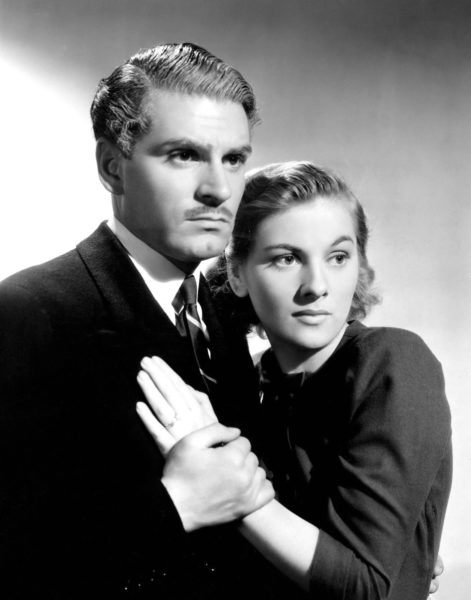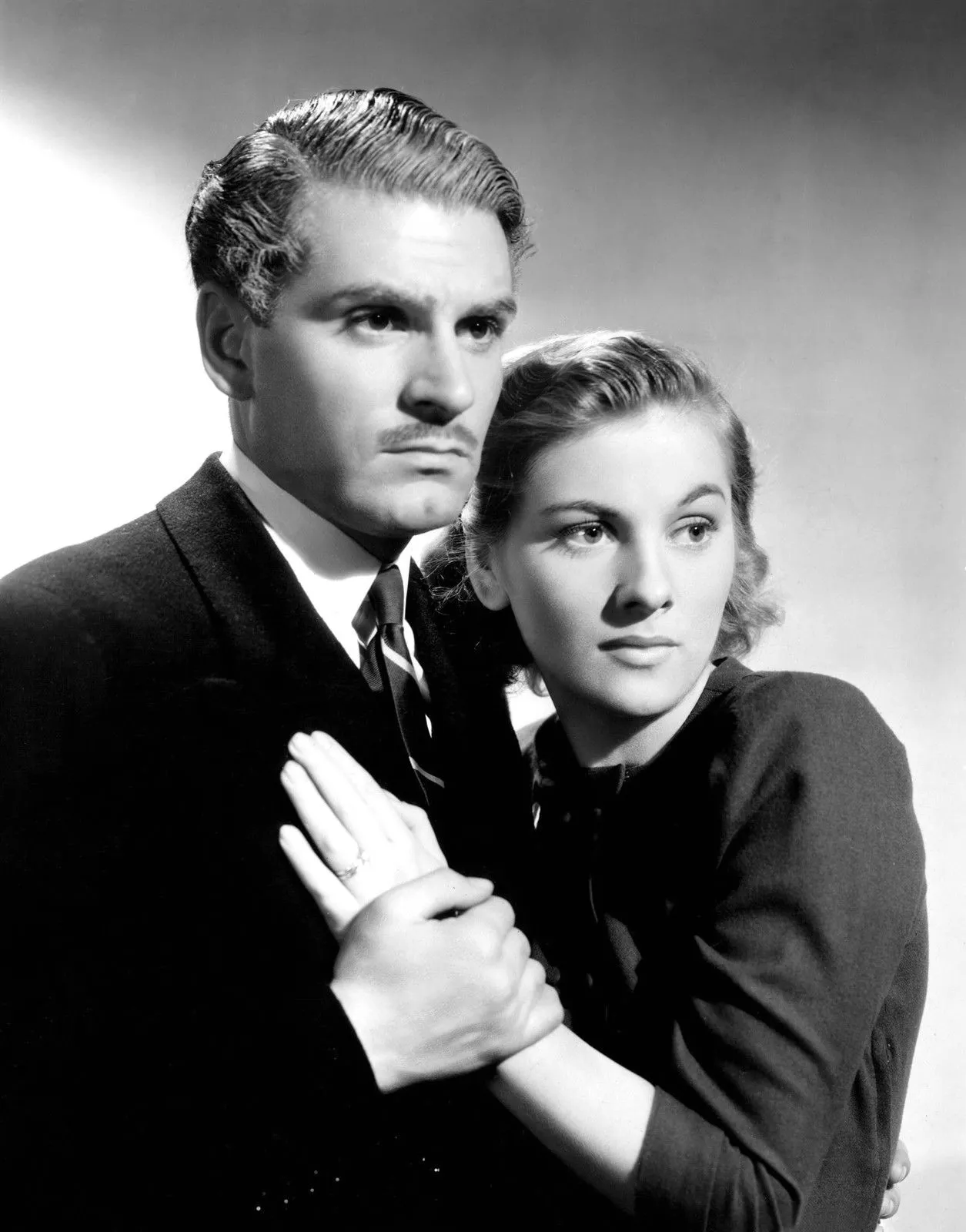
In 1939, fresh off the monumental success of “Gone with the Wind,” maverick producer David O. Selznick decided to make a film based on another romantic bestseller, Daphne du Maurier’s “Rebecca.” Both the book and the film adaptation tell the story of an unnamed young woman who meets the wealthy widower Maxim de Winter, marries him, and moves to Manderly, his estate. Yet, the young woman’s idyll does not last long. She finds that Maxim and the servants at Manderly, including the ghoulish Mrs. Danvers, are haunted by the memory of the first Mrs. De Winter, Rebecca. Rebecca’s death is shrouded in mystery, and the heroine sets out to uncover the truth.
Selznick supervised every aspect of the film’s production, approving every scene in the screenplay and choosing Laurence Olivier and Joan Fontaine to play Maxim and the young woman. To direct, Selznick asked a portly British gentleman, who had already made accomplished thrillers like “The 39 Steps” and “The Lady Vanishes,” to come to Hollywood. The gentleman’s name was Alfred Hitchcock, and hiring Hitchcock was the most consequential decision Selznick made. Although Selznick controlled the production, “Rebecca” is undoubtedly a Hitchcock film. Even if “Rebecca” is not as renowned as some of Hitchcock’s later American work, it is still a great film in its own right. Because it demonstrates Hitchcock’s technical mastery and centers around some of his most beloved themes, including the interaction between the past and the present, it is also a stellar introduction to his American oeuvre.
Selznick believed that if the film of “Rebecca” deviated too far from the book, viewers would be enraged. Therefore, he insisted on starting the film with the young woman saying the same line that opens the book—“last night I dreamt I went to Manderly again.” All issues of fidelity to the novel aside, this line is an apt beginning because it describes Hitchcock’s aesthetics. His mise-en-scene is founded on the idea that the events that occurred at Manderly are part of particularly lucid dream.
Consider the scene in which the young woman enters the West Wing, where Rebecca lived. First, the woman walks down a long hallway. The meandering tracking shot Hitchcock uses to follow her seems to have no conclusion. It’s like an unfinished thought that lingers in your mind during a dream. As he shows the woman pushing open the door to the wing, Hitchcock employs a high angle, making the woman seem as powerless as an innocent sleeper. Another tracking shot depicts the woman wandering about the wing. Finally, the young woman’s exploration stops when she sees the housekeeper, Mrs. Danvers. Mrs. Danvers enters the scene as an immobile shadow behind a curtain, and she seems like an apparition. Furthermore, as she stands behind the curtain, we are unsure of who she is. Is she really Mrs. Danvers, or Rebecca, raised from the dead? Only Hitchcock could create a fantasy so suspenseful and intense.
This dreamlike aesthetic calls attention to the fairytale elements of the story. Just as the fairy godmother makes Cinderella a princess, Maxim transforms a working-class girl into the second Mrs. De Winter. In contrast to Cinderella, however, the second Mrs. De Winter cannot fool anyone into thinking that she is an aristocrat. The young woman is so clumsy that she keeps breaking Maxim’s precious possessions, so uncomely that she pays no attention to how she dresses, and so hesitant that she is unable to choose a sauce for the dinner menu. Yet, as a member of the growing middle-class, the second Mrs. De Winter represents the future. Rebecca symbolizes the past, but we never see her. She is never given any human qualities. Thus, it might be easy to conclude that by the end of the film, the characters have been extricated from the past. Yet, the second Mrs. De Winter is deprived of a name and forced to star in a film called “Rebecca.” Throughout the film, the relationship between past and present remains nebulous.
Hitchcock often focused on the omnipresence of the past in his American work, most notably in “Vertigo.” In a sense, “Rebecca” contains the seeds for all the themes that would concern Hitchcock throughout his American career. Hitchcock would examine troubled marriages in “Dial M for Murder” and “Marnie.” In “Notorious,” he once again uncovered the dark secrets hiding under an ultra-civilized façade. Even the performances in “Rebecca” call to mind characters from other Hitchcock films. As the second Mrs. De Winter, Joan Fontaine captures her character’s awkwardness, naivety and charm. While Fontaine’s performance is certainly distinguished on its own terms, her portrayal calls to mind Tippi Hendren’s portrayal of the equally naïve Melanie Daniels in “The Birds.” If Manderly were converted into a motel, the menacing, almost inhuman Mrs. Danvers would surely be its Norman Bates. “Rebecca” is a fascinating and satisfying film on its own terms, but it is also the perfect introduction to Hitchcock. Like the second Mrs. De Winter, he was fated to return the ideas he explored at Manderly again and again.
Contact Amir Abou-Jaoude at amir2 ‘at’ stanford.edu.
